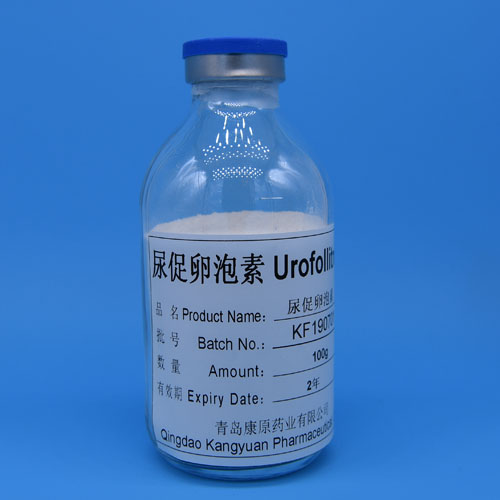As an important bioactive substance, urinary follicle hormone has been widely used in medicine and bioscience. However, Urofollitropin prices are highly volatile and subject to a variety of factors, requiring an in-depth understanding of their price formation mechanisms and market trends.

First, the Urofollitropin price is affected by the cost of raw materials. The production of urinary follicle hormone requires a lot of manpower, material and financial resources, and the purchase cost of raw materials directly affects the price of the final product. The scarcity of raw materials, stability of supply, and fluctuations in production costs all have an important impact on prices.
Secondly, the relationship between market demand and supply is also an important factor affecting Urofollitropin price. With the continuous progress of medical technology and biological science, the demand for urinary follicle hormone is increasing, and the supply is limited, resulting in higher prices. On the contrary, if the market is full of supply and short of demand, the price may fall.
In addition, changes in policies and regulations will also have an impact on Urofollitropin price. Some countries or regions may introduce policies on drug price controls or import restrictions that directly affect Urofollitropin price. In addition, increased industry standards and certification requirements are also likely to increase production costs, driving up prices.
Finally, the competitive situation of the market also affects the Urofollitropin price. In the case of fierce market competition, manufacturers may compete for market share through price competition, thereby reducing product prices. In a market with monopoly or monopolistic competition, prices may be relatively high.
In summary, Urofollitropin price is affected by a combination of factors, including raw material costs, market demand and supply, policies and regulations, and market competition. Understanding these factors is of great significance for formulating reasonable price strategies and market forecasts, which helps to maintain market competitiveness and improve corporate profitability.